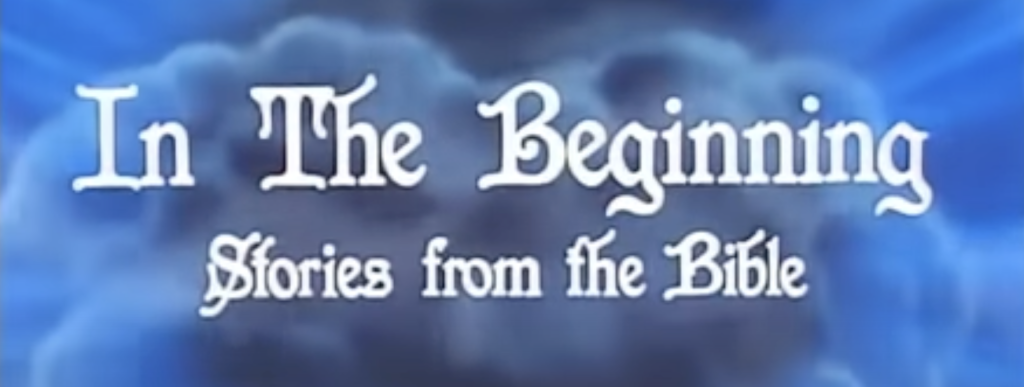
Bagi, the Monster of Mighty Nature

I heard about this 1980s made-for-television anime film from a friend here on Dreamwidth; given the central role of an anthropomorphic cat-woman, I couldn’t resist. It opens in medias res with a score-old Japanese hunter, Ryosuke (or just Ryo), teaming with a South American boy, Chico (with the character costuming largely implying Mexico more than any other country), to track a monster terrorizing the countryside. Five years before, Ryo, also the son of a crime reporter father and geneticist mother, rides with his motorcycle gang and encounters a cat-woman named Bagi, a hybrid of a human and a puma.
The film relates the backstories of Bagi and Ryo’s mother, which culminates in stopping a conspiracy of scientists planning to unleash a strain of rice that can eradicate humanity, eventually returning to the present afterward. Overall, I found this a satisfying watch, even if I had to watch it in Japanese (but luckily with English subtitles), but the performances of the seiyū were superb. Given that the flaws of English voice acting are more readily apparent than those of a foreign language, this wasn’t a bad thing, and all the voices fit their respective characters. It’s on YouTube, so by all means, watch it.




